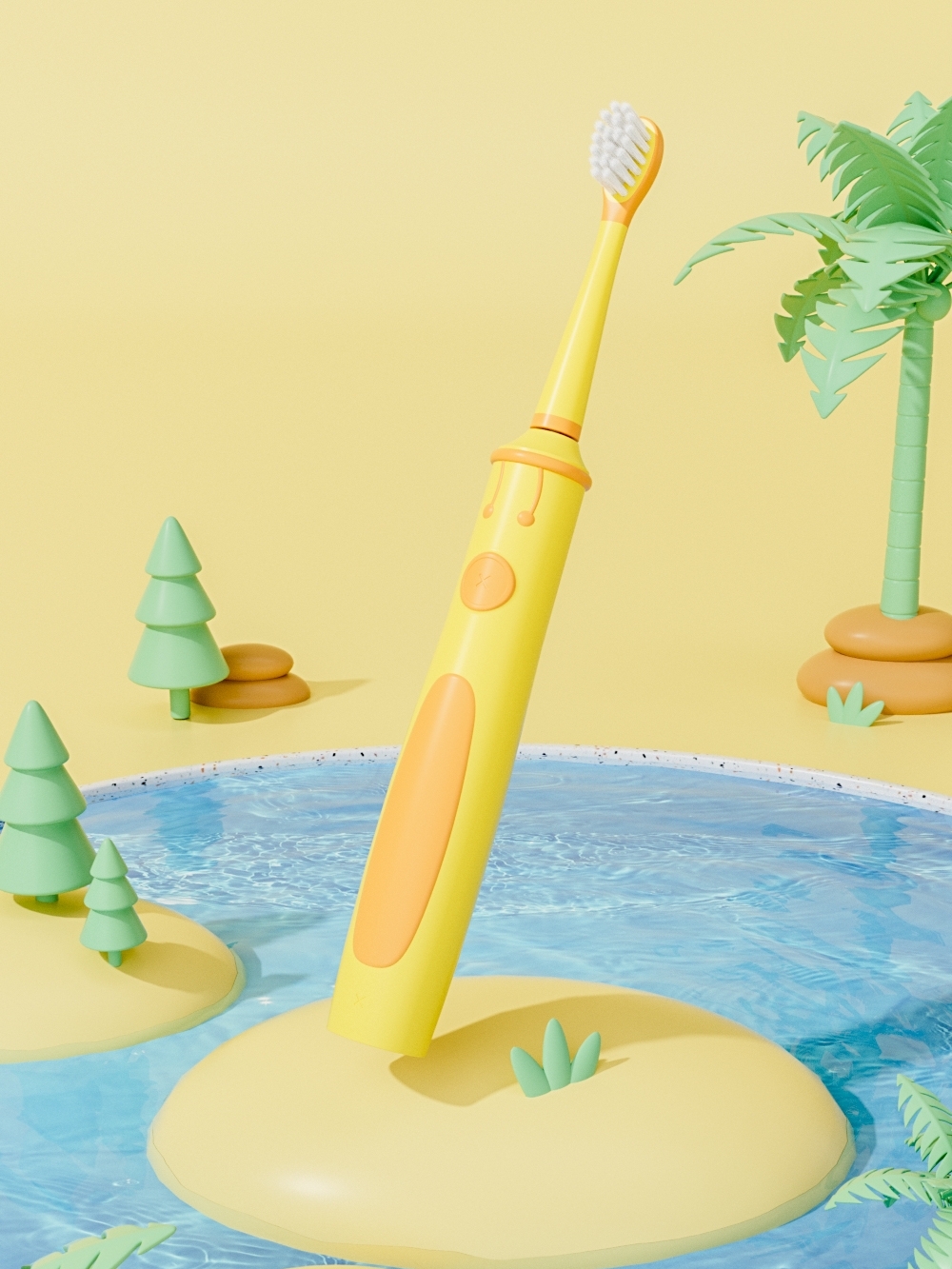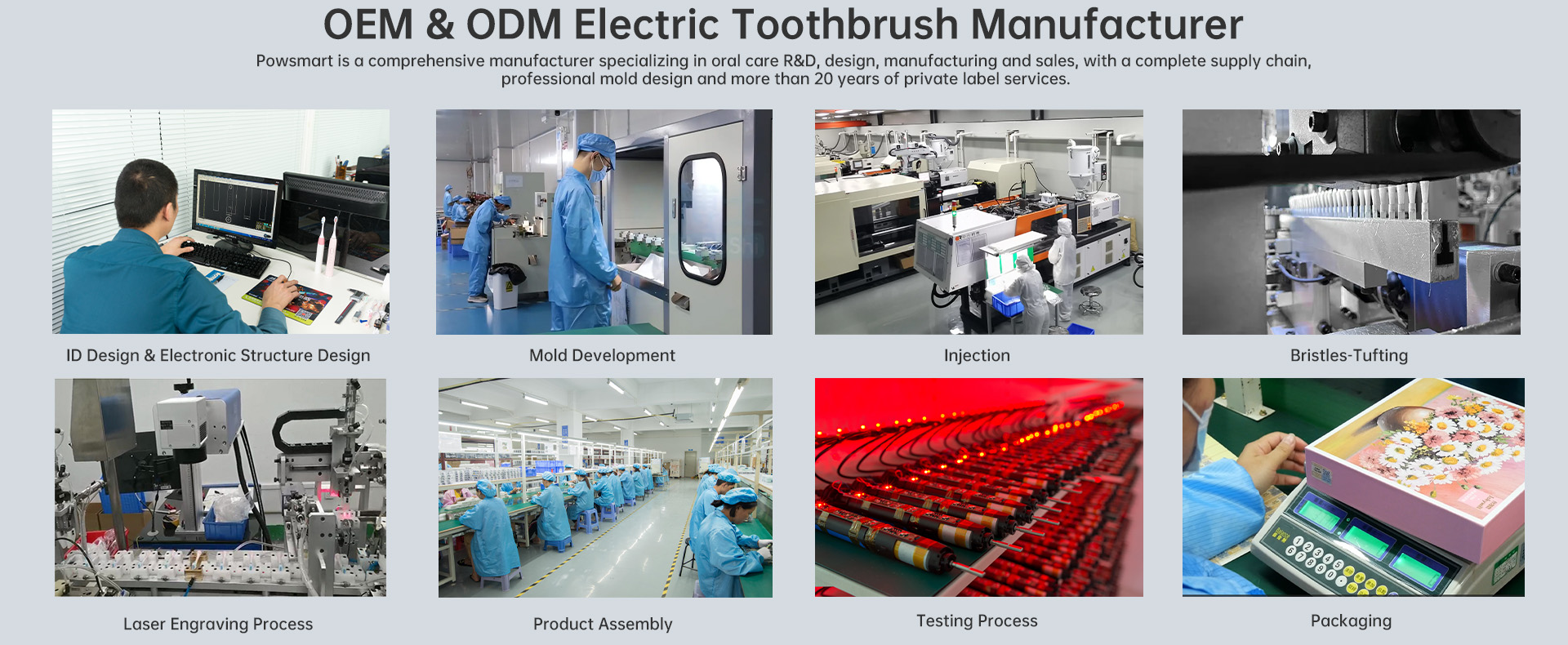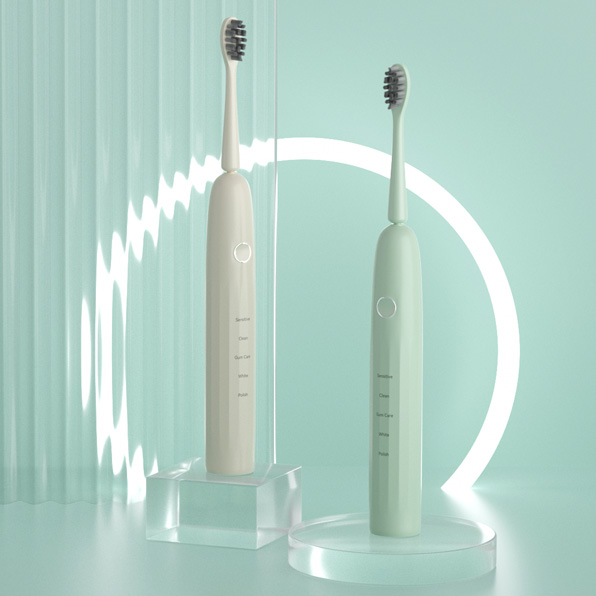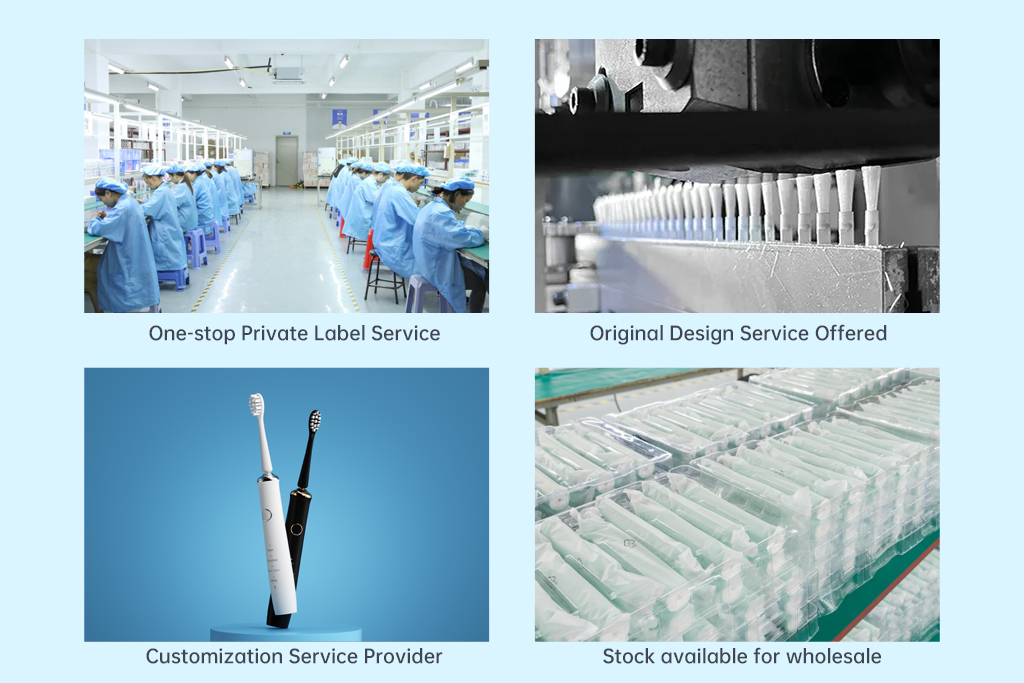In the pursuit of oral cleanliness, many end users unintentionally adopt an overbrush habit, believing that more force or longer brushing time equates to better hygiene. However, evidence increasingly suggests that excessive brushing can go beyond surface abrasion, triggering deeper biological responses such as pulp inflammation. For B2B device manufacturers and dental technology developers, understanding this connection is critical to designing tools that not only clean effectively but protect long-term dental health.
The overbrush habit is typically defined by:
This behavior often stems from consumer misconceptions about oral hygiene, lack of device feedback, or poor ergonomic design that doesn’t intuitively correct user misuse.
While overbrushing is commonly associated with enamel erosion or gingival recession, the real danger lies beneath. When enamel is stripped and dentin exposed, the dental pulp—which contains nerves and blood vessels—becomes vulnerable. Prolonged mechanical stress or thermal sensitivity from exposed dentin can lead to pulp inflammation, a condition that may start subtly but escalate into:
For OEM/ODM partners and electric toothbrush makers, understanding pulp inflammation caused by overbrush habit has significant implications:
Failure to address this risk could reduce user retention and invite clinical pushback.
Leading B-end suppliers are incorporating advanced features to reduce the risks associated with overbrushing:
These design strategies reflect a shift from “more cleaning” to “smarter cleaning.”
In addition to device intelligence, material selection plays a key role in mitigating inflammation risks:
Combining materials science with ergonomic awareness ensures holistic protection against pulp inflammation.
From a B2B marketing standpoint, building devices that help prevent overbrush habit and its severe outcome—pulp inflammation—can be a powerful differentiator. Brands increasingly seek:
By embedding these concerns into R&D, manufacturers can lead in a category where oral health meets digital intelligence.
The link between overbrush habits and pulp inflammation is a sobering reminder that oral care technology must evolve with biology in mind. For device manufacturers and B2B partners, this represents both a challenge and an opportunity: to deliver not just hygiene, but protection—against the very behaviors our users may not realize are harmful.
Smart sensing, thoughtful materials, and user education form the triad of defense. And in this case, prevention may be the only way to ensure the damage remains reversible. Contact us
-300x300.jpg)
-300x300.jpg)

Gingival Abrasion with Saliva Depletion – A Silent Crisis in Oral Care Design?
Does Reservoir mold in Water Flosser Tanks Block Spray Tips?

Antibacterial Water Flosser Technology Trend: The Importance of UV Sterilization for Water Tank Hygiene Assurance
.jpg)
Customization of Oral Irrigator Pulse Frequency: How to Balance 1400–1800 Times/Minute with Noise Control?
.jpg)
Is Bluetooth Toothbrush APP Tracking Failure Causing User Adaptation Issues?
.jpg)
Pressure Sensor Toothbrushes: Prevent Over-Brushing with Smart Tech
Electric Toothbrush with App Connectivity – Smart Oral Care for B2B Markets
.jpg)
How to Evaluate an Electric Toothbrush Supplier Portfolio and Electric Toothbrush Supplier Capabilities?

Electric Toothbrush & Water Flosser Combination Set: How to Increase the Average Transaction Value through Scenario-Based oral care products Design?
Why Does Waterproof Failure Cause Pressure Fluctuation in Water Flossers?
User Adaptation Struggles from Improper Angle Use? Device Design Matters!
Electric Toothbrush for Plaque Removal – Professional Cleaning for Dental Businesses

Can a Folding Toothbrush Design Make This Travel Electric Toothbrush Fit in a Wallet?

Beyond Aesthetics: How Integrated Design Elevates Your OEM Electric Toothbrush

How to Find Reliable Electric Toothbrush Manufacturers for Your Oral Care Brand
.jpg)
Bluetooth-Enabled Electric Toothbrushes: Customization & Bulk Order Guide

electric toothbrush heads Regular Clean

Private Label Whitening Gel

electric toothbrush heads Deep Clean

Customization Teeth Whitening Gel

electric toothbrush heads Ultra Soft

electric toothbrush heads Charcoal Infuse-Round
.jpg)
Florida Electric Toothbrush – Powsmart PTR-C8

Electric toothbrush heads Charcoal Infused-Diamond
whstapp
whstapp
National Toll-Free Service Hotline
+86 755 86238638